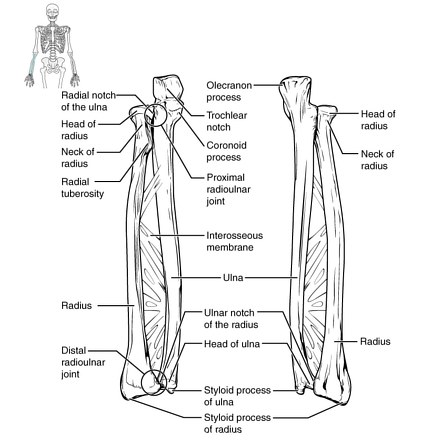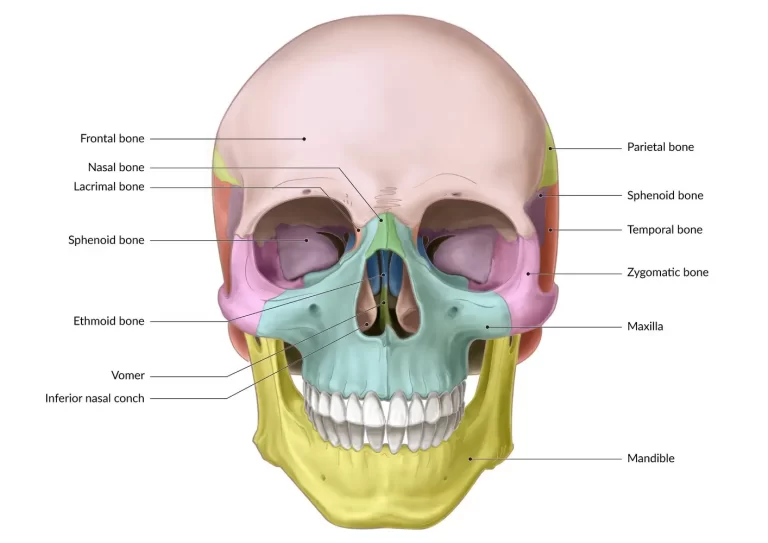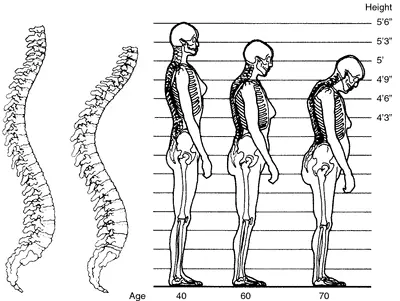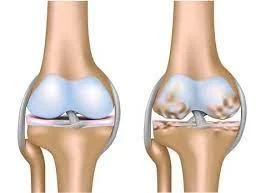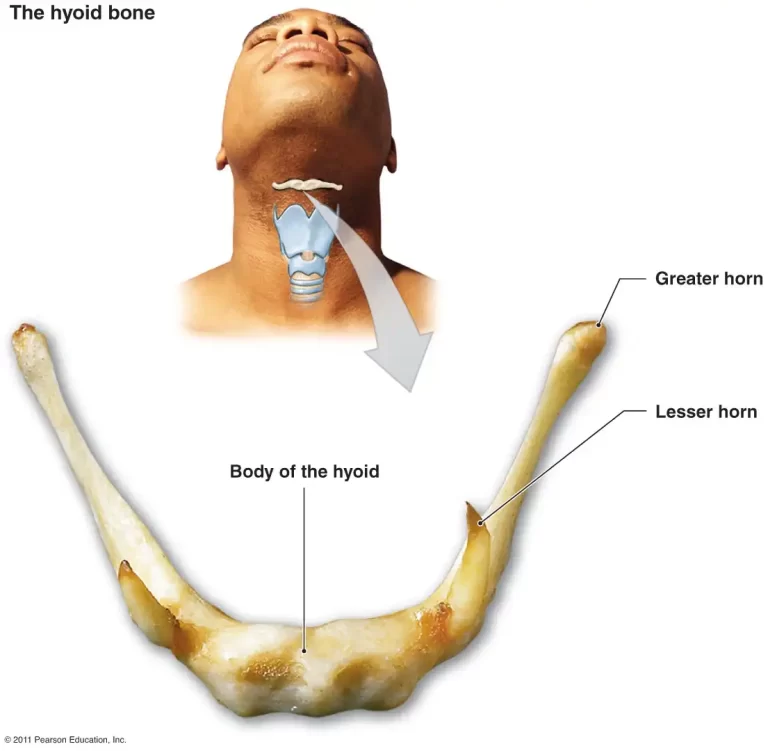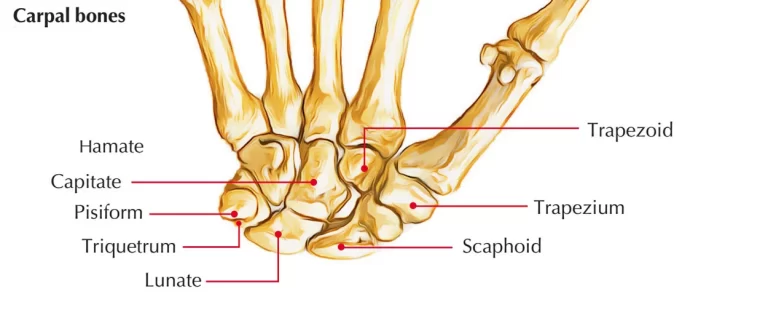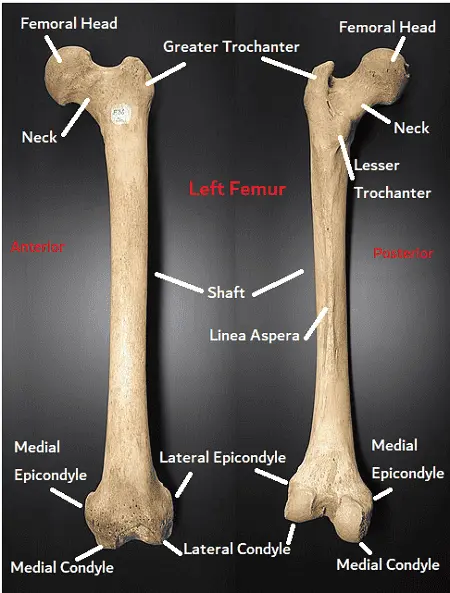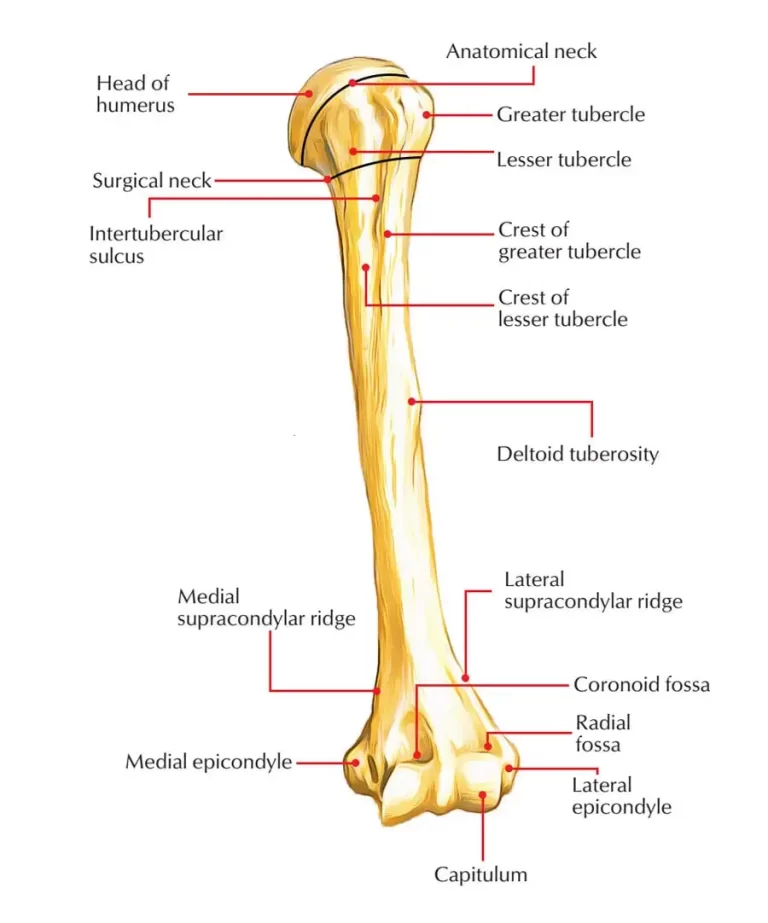Radius Bone
Introduction One of the bones in your forearm is your radius. It facilitates wrist and arm movement. Your injured radius may also affect the muscles and nerves that are connected to it. The radius is the longest bone in the forearm. It is situated parallel to and laterally to the ulna, the second forearm bone….

